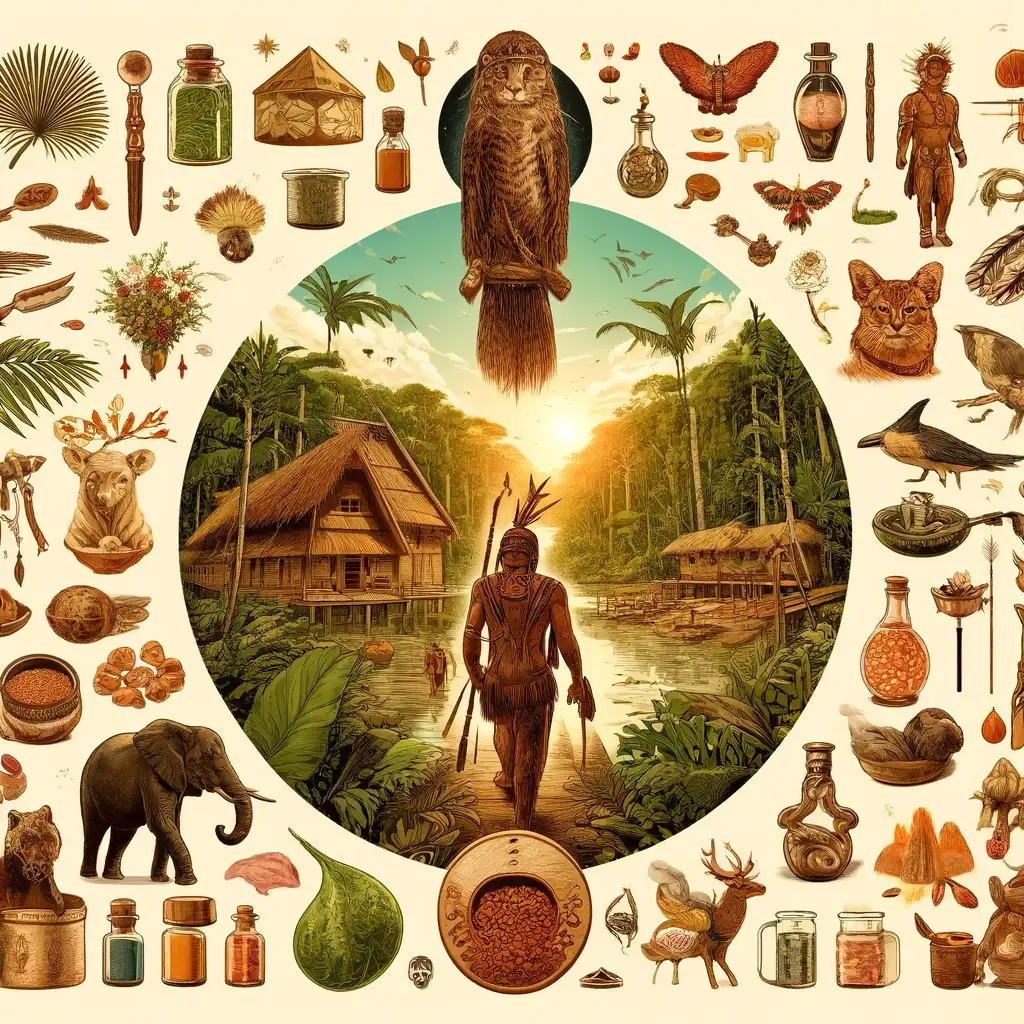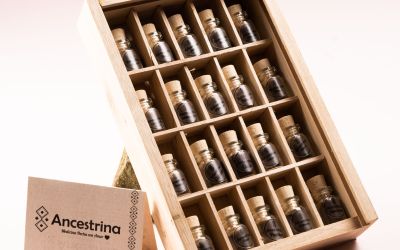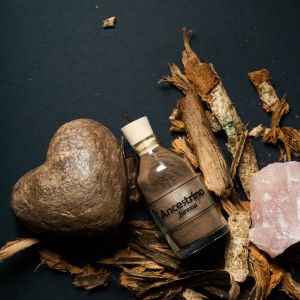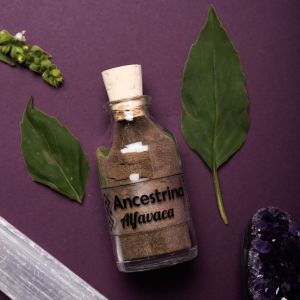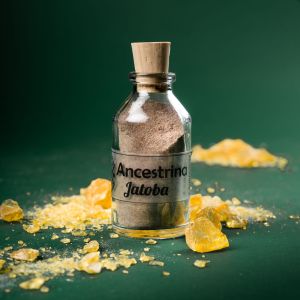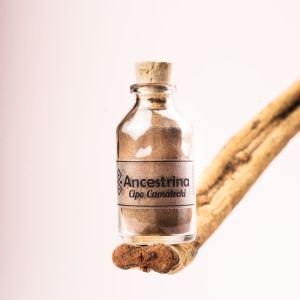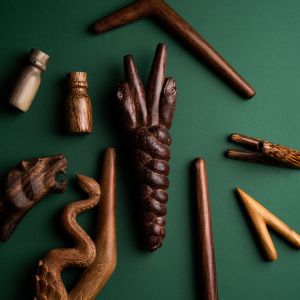The Ashaninka are an outstanding indigenous people of the Amazon, known for their courageous resistance throughout history against invaders and for their fierce defense of their territory. This article delves into the culture, history, and contemporary challenges of the Ashaninka, providing a comprehensive view of their resilient community.
Endurance and Survival
From repelling the Incas to confronting the exploitation of rubber and timber, the Ashaninka have demonstrated a remarkable ability to protect their lands. This ongoing fight extends today against illegal deforestation and development projects that threaten their environment.
Language and Self-Denomination
The Ashaninka belong to the Aruak language family and call themselves Asheninka, which means ‘my relatives', reflecting their social cohesion and spiritual connection. Throughout history, they were known by various names by other groups, but Asheninka is their authentic expression of identity.
Cosmology and Spiritual Practices
Ashaninka cosmology comprises a multi-layered universe inhabited by spirits and magical beings. Shamans play a crucial role as mediators between these worlds, using rituals and ayahuasca to spiritually travel and heal their community.
Adaptation and Modernity
Despite their deep respect for ancestral traditions, the Ashaninka have adopted sustainable practices and modern tools that assist them in protecting their environment and promoting their rights nationally and internationally.
Contemporary Challenges
Illegal deforestation and infrastructure projects remain a constant threat to the Ashaninka. However, they have managed to combine community mobilization with legal action to protect and preserve their territory.
The Ashaninka have not only survived as a people but have thrived, maintaining their cultural identity and defending their way of life against great adversity. Their story is a powerful testament to indigenous resistance and the importance of territorial sovereignty in the Amazon.
Explore more about your spiritual and ancestral well-being with Ancestrina. Visit our store to discover authentic products that connect you with ancestral traditions, or join our community to learn more and share your experiences. Your journey towards holistic well-being starts here! Click here to learn more and begin your journey with us.

